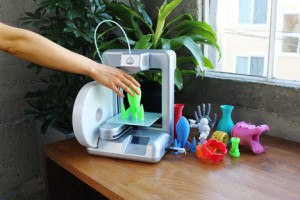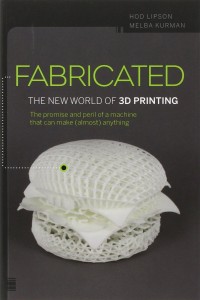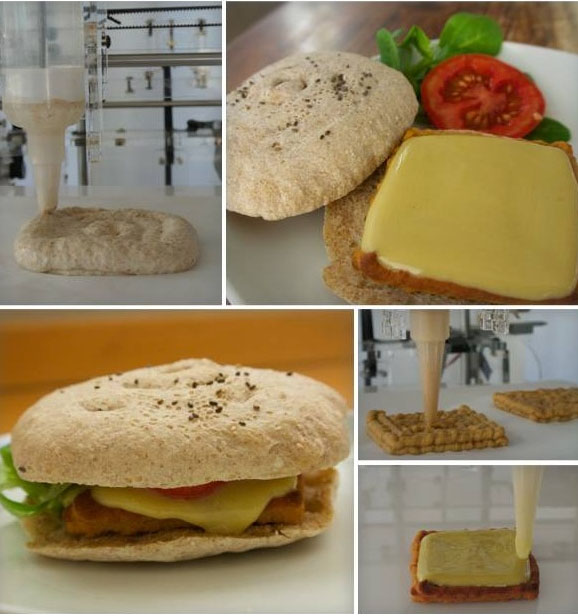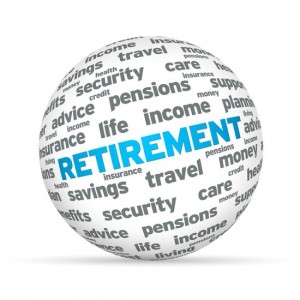Finding a financial institution that offers free checking is usually not hard, and many credit unions are joining the ranks, making it even easier. And the fees associated with checking where it isn’t free are plateauing, according to an article in Bankrate.com.
The 2014 Credit Union Checking Survey conducted by Bankrate reported that 72 percent of the country’s 50 largest credit unions charge no monthly service fee and apply no fees to point-of-sale transactions.

The figure is slightly down from the 78 percent posted in 2010. The continuing trend, however, is good news, showing that free checking is a staple at most credit unions and there is no indication that that will change.
In contrast, banks appeared moving in the opposite direction, with a drop among the institutions offering free checking from 76 percent in 2009 to 38 percent in 2013, Bankrate reported.
Some banks, while charging a checking fee, offer an offsetting opportunity. For instance, Alaska USA Federal Credit Union in Anchorage waives its $5 monthly fee if the customer uses direct deposit into a checking account. Others drop the fee if the consumer agrees to e-statements or maintains a minimum balance. With these trade-offs factored in, the number of free checking amounts rises to 96 percent.
That makes the talk about the demise of free checking moot, says Greg McBride, one of Bankrate’s analysts.
Credit unions have incentive to offer free checking, since they are not-for-profit cooperatives with obligations to members, rather than stockholders. There is a sense of providing service to members whereas banks are concerned with profit-making. Free or low-fee accounts are a matter of pride with the non-profits. It’s an attitude that is core to their business.
Bankrate also looked at other fees related to credit union banking and found that most of them are holding steady.
About 30 percent of the credit unions in the survey either had no fee associated with using an out-of-network ATM or allowed up to five uses per month of those ATMs.
Overdraft fees have risen slightly at the credit unions, according to the study, from an average of $26.74 to $26.9. The average bank fee for overdrafts is $32.20, while those who exceed their credit union balances commonly pay $25 to $30.
Surcharge fees paid by nonmembers to use a credit union’s ATM went up 5 percent between surveys, now standing at an average $2.41. Since 2010, such fees have risen by 20 percent, and it appears likely that the non-member usage will continue to see increases, industry leaders say.
Credit union membership has increased by more than 8 percent since 2008 and assets have grown by more than 30 percent. The financial crisis that hit the country a few years ago likely pushed the increase. As consumers began to feel “fee fatigue” more frequently, they took new looks at the historic benefits of credit unions and either switched from their banks or added a credit union to their financial options.
While current no- or low-fee offerings are expected to continue, credit unions are feeling the effects of a long period of low interest rates and other financial factors, as are their competitors. All financial institutions will continue looking at fees and evaluating services and offerings, industry leaders say.







